Estimated reading time: 7 minutes
As a cat owner, you may have wondered about a question essential to your feline friend’s health and growth: When is the right moment to shift from kitten chow to adult cat fare?
It can be tricky knowing when your little fur ball is ready for this dietary transition. After all, their adorable antics often distract us from noticing they’re not so little anymore.
Most kittens should embrace the switch around their first birthday; it’s not just about age but reaching milestones in development.
Think of this article as your go-to guide, crafted to lead you through every step of the way. From pinpointing signs of maturity in your kitten to making mealtime switches smooth and stress-free, we’ve got you covered.
Key Takeaways
- Most kittens are ready to switch from kitten food to adult cat food around their first birthday.
- Kittens need more protein, fat, and calories than adults; watch for signs of maturity before changing foods.
- Transition your kitten slowly by mixing new adult food with old kitten food over a week.
- Big cat breeds like Maine Coons may need up to two years before switching to adult cat food.
- Always monitor your kitten’s health during the transition and consult a vet if you have concerns.
Understanding the Difference Between Kitten Food and Cat Food
Kittens grow fast and need a lot of energy. To meet their needs, kitten food is like a power-packed meal in every bowl.
Kitten food has extra protein, fat, and calories to help kittens develop strong muscles and bones. Think of it as the fuel for their playful zooming around.
Adult cat food looks similar but serves another purpose. Adult cat diets focus on maintaining health rather than growth. They contain less fat and fewer calories because grown-up cats don’t race around as much.
This helps prevent them from getting overweight while still giving them all the nutrients they need to be healthy and happy.
Now you’re armed with facts to make sure your furry friend gets exactly what they need at each stage of life!
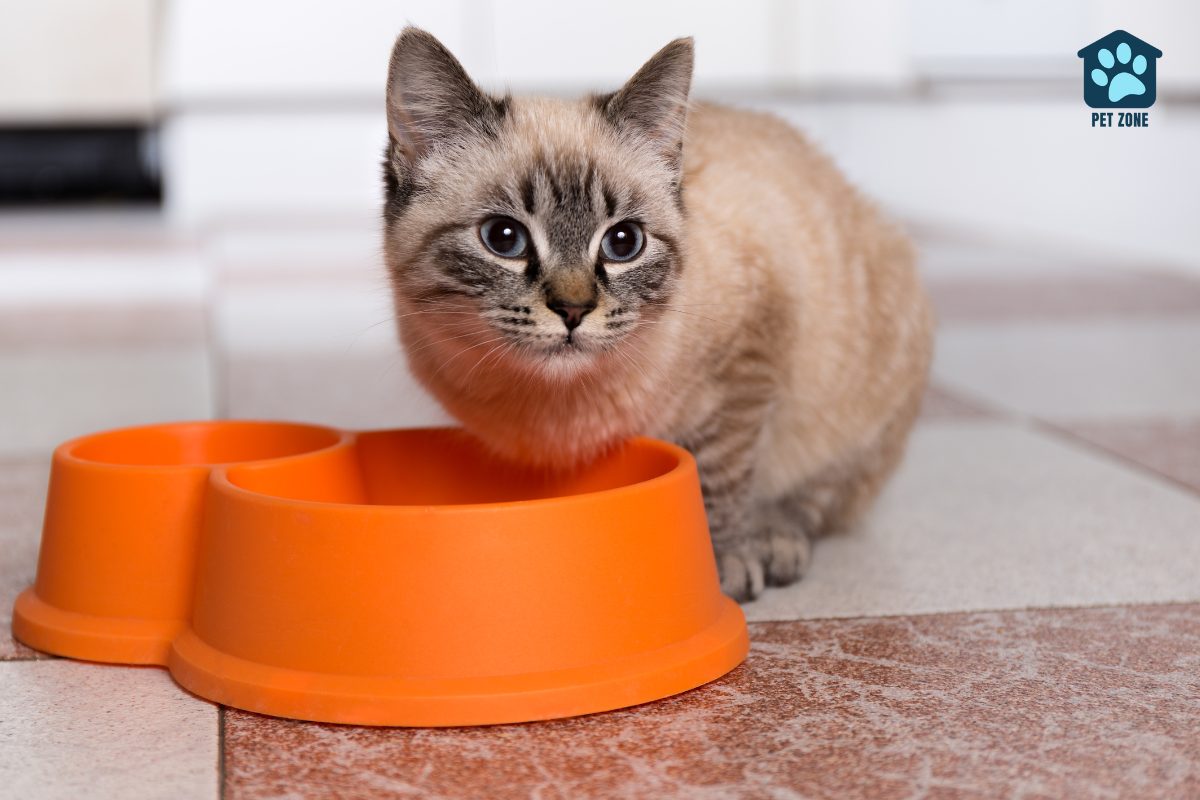
Determining the Right Time to Switch from Kitten to Cat Food
Recognizing the Signs of Maturity in Kittens
Kittens show they are growing up in many ways. Their playful kitten antics start to slow down as they approach one year old. Watch for signs like less zooming around and more calm periods of rest.
Maturity also means your kitten’s body is getting bigger, close to adult size. They may not always be as hungry since their growth is slowing down.
Look at your kitty’s teeth; by 10-12 months, they should have a full set of adult chompers. Their eyes might change too, settling into their permanent color after being bright blue as babies.
Keep an eye on larger cat breeds since they often take more time to fill out and fully mature.
The Typical Age for Transitioning Kittens to Cat Food
Your kitten is growing up, and their diet needs to change too. Around their first birthday, most kittens are ready to switch from kitten food to adult cat food.
- Look for signs that your kitten is maturing. You might notice less rapid growth and more interest in napping than in playing.
- At 10 to 12 months of age, most kittens are physically mature and can eat adult cat food. This marks a big step in their development.
- If you have a large breed like a Maine Coon, they may not be ready until they’re closer to 18 months or even two years old. They grow slower and need extra time on kitten food.
- Check the food label for guidance on when to transition your cat. Many pet food brands suggest specific ages on their packaging.
- Give your cat new adult food gradually over several days. This helps avoid stomach upset as they adjust from kitten formula to the new type of food.
- Mix the new adult cat food with the old kitten food at first. Slowly increase the amount of new food while decreasing the old until it’s all adult food.
- Monitor your kitty during this changeover period. Make sure they’re eating well and looking healthy.
- Keep giving them plenty of love! Change can be tough for cats so extra cuddles can help them through it.
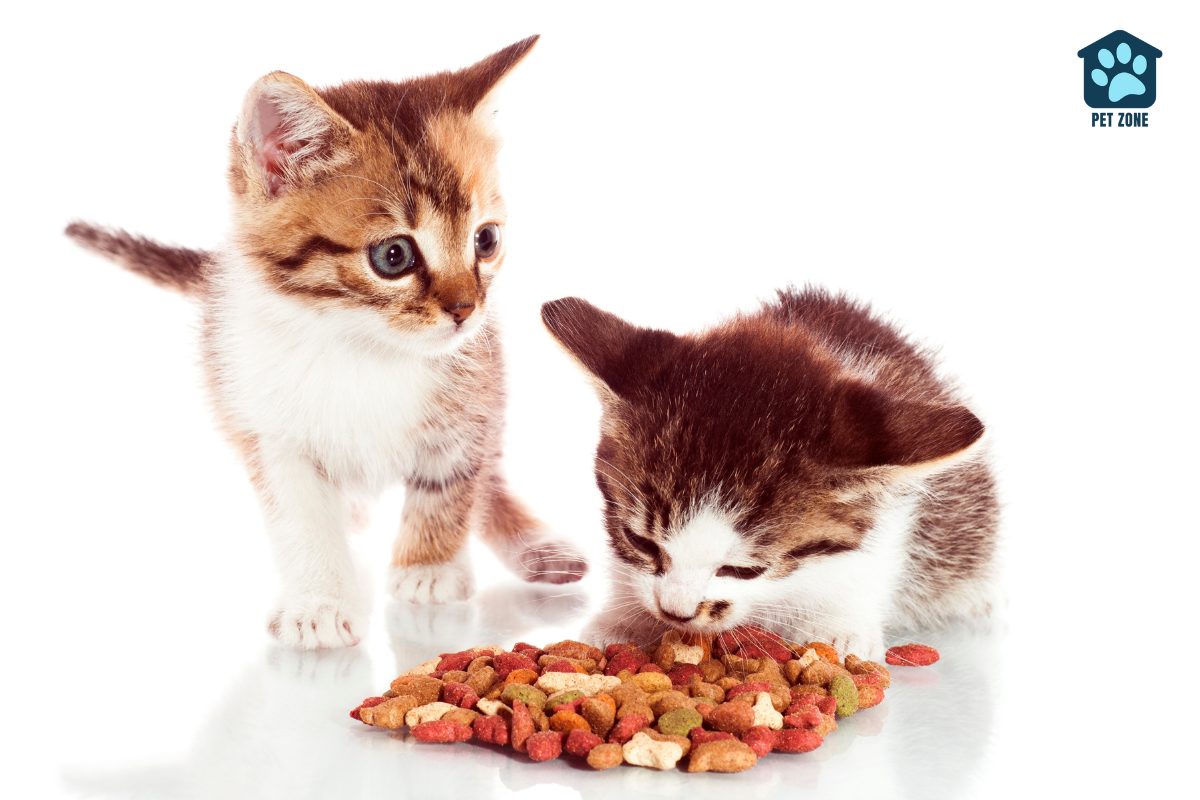
How to Transition Your Kitten from Kitten Food to Adult Cat Food
To transition your kitten from kitten food to adult cat food, follow these steps:
- Begin by mixing about 25% of the new adult cat food with 75% of the current kitten food.
- Over a week, gradually increase the proportion of adult cat food while decreasing the amount of kitten food.
- Monitor your kitten’s reaction and appetite during the transition period.
- Ensure your kitten is fully transitioned to adult cat food by the end of the week.
Potential Problems When Switching from Kitten to Cat Food
Some kittens may have trouble adjusting to the new taste and texture of adult cat food. This can lead to a decrease in appetite or even refusal to eat.
It’s important to monitor your kitten during this transition period, as sudden changes in eating habits could be a sign of potential problems.
Additionally, switching too quickly from kitten food to adult cat food can cause digestive issues such as diarrhea or vomiting.
Gradually introducing the new food while reducing the old one over about one week can help minimize these potential problems and make the switch smoother for your kitten.
It’s crucial also to ensure that the adult food you’re feeding your cat is nutritionally complete and balanced, meeting all their dietary needs.
In some cases, cats with certain health conditions might require specific types of diets, so it’s always best to consult your veterinarian before making any dietary changes for your feline friend.
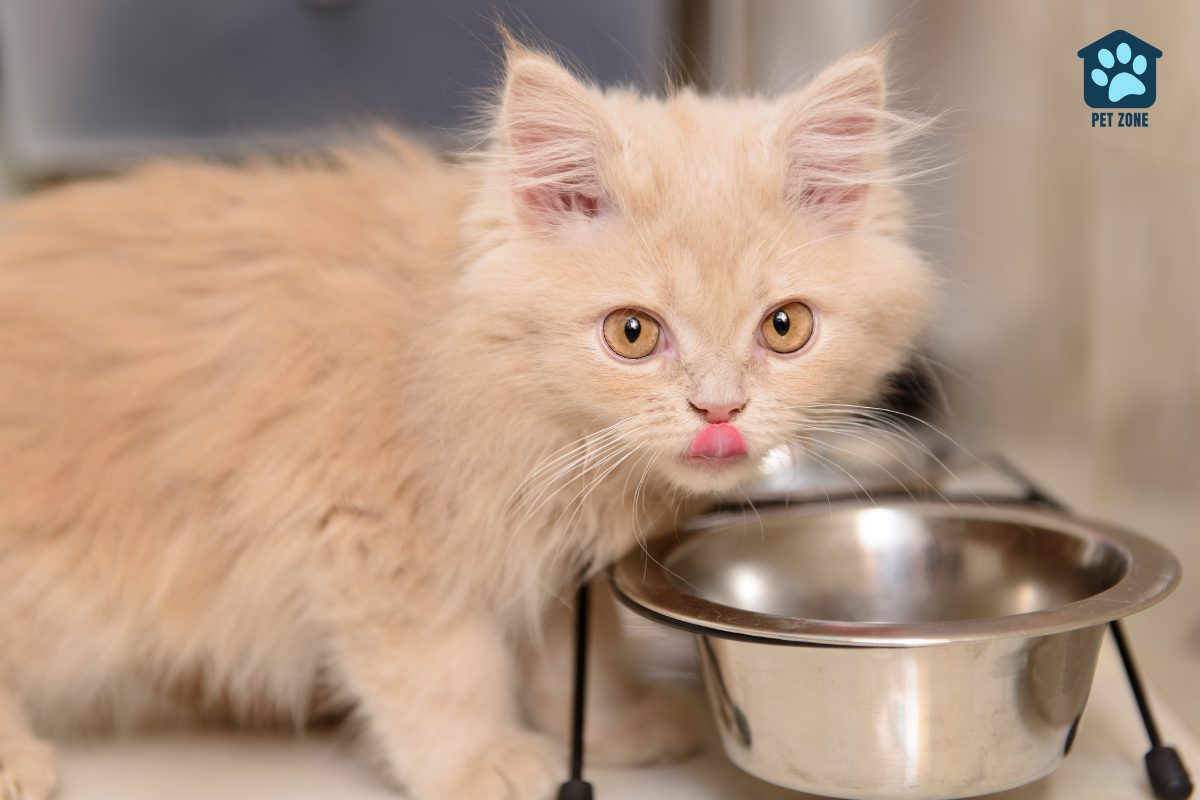
Conclusion
Switching from kitten food to cat food is crucial as your pet matures. The recommended timeline for this transition is generally around your kitten’s first birthday.
This practical adjustment ensures that your cat’s nutritional needs are met efficiently and supports their healthy development into adulthood.
By monitoring your kitten’s growth and consulting with a veterinarian, you can ensure a smooth and successful transition to adult cat food.
Make the switch at the right time, offer balanced nutrition, and set the stage for your cat’s lifelong health and well-being.
Frequently Asked Questions
To know when it’s time, watch your kitten grow. Usually, when they reach their full adult size or around one year old, you can start the transition from kitten to adult cat food.
Kitten food is specially formulated with nutrients that help your kittens as they grow. Adult cats need different nutrition, so their food supports their health once they’ve stopped growing.
It’s not ideal because adult cats have different needs—feeding them kitten food might not give them everything necessary for good health and could lead to weight gain.
You want to find a complete and balanced diet for an adult cat—food that meets all their nutritional requirements whether it comes as dry kibble or canned wet food.
Take it slow! Mix some of the new adult formula with the current kitten recipe over several days by gradually increasing the amount of new stuff until completely switched over.
Some picky eaters may resist changing flavors or textures; however, if you patiently mix the new choice into what they’re currently eating little by little, most will adapt without too much fuss.
As an Amazon Associate I earn from qualifying purchases.
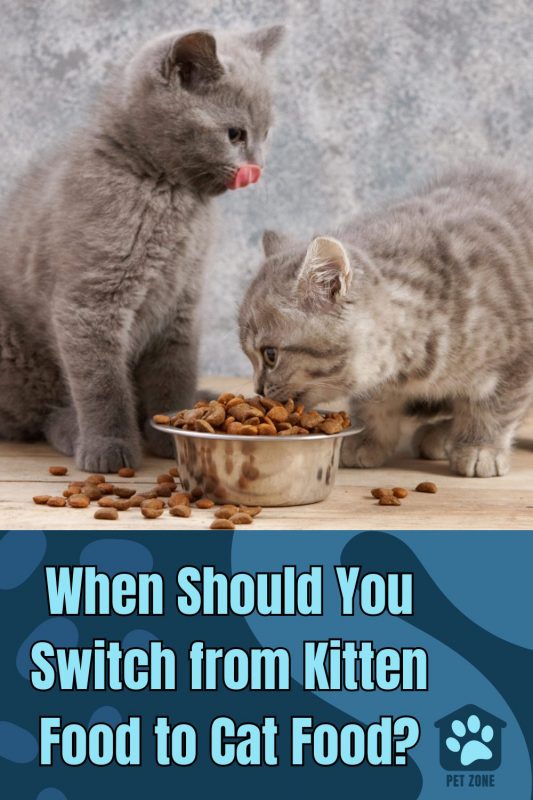


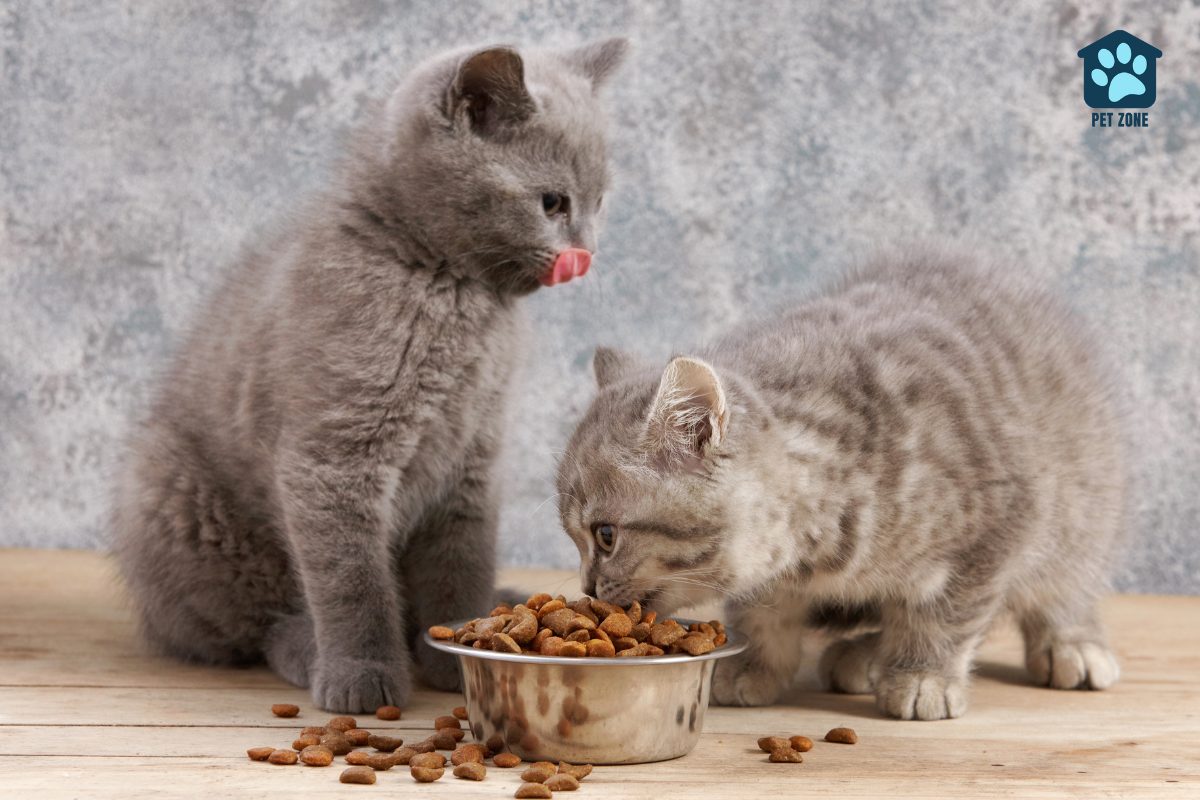

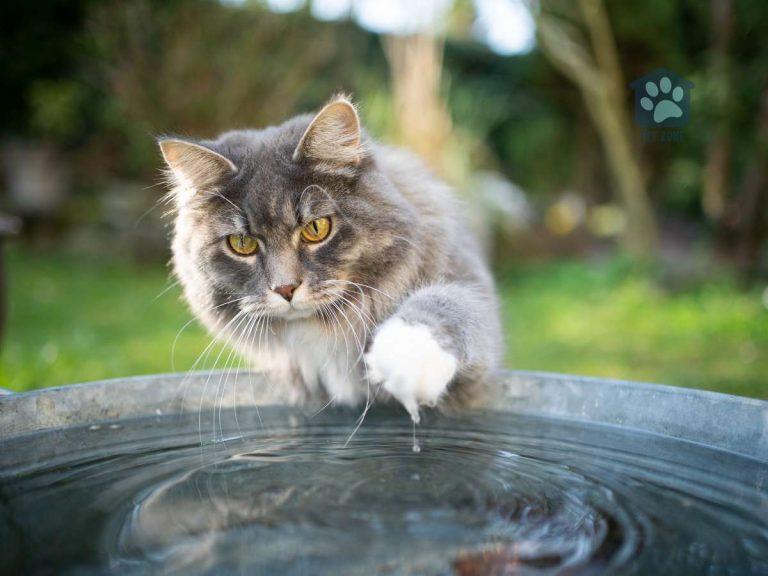
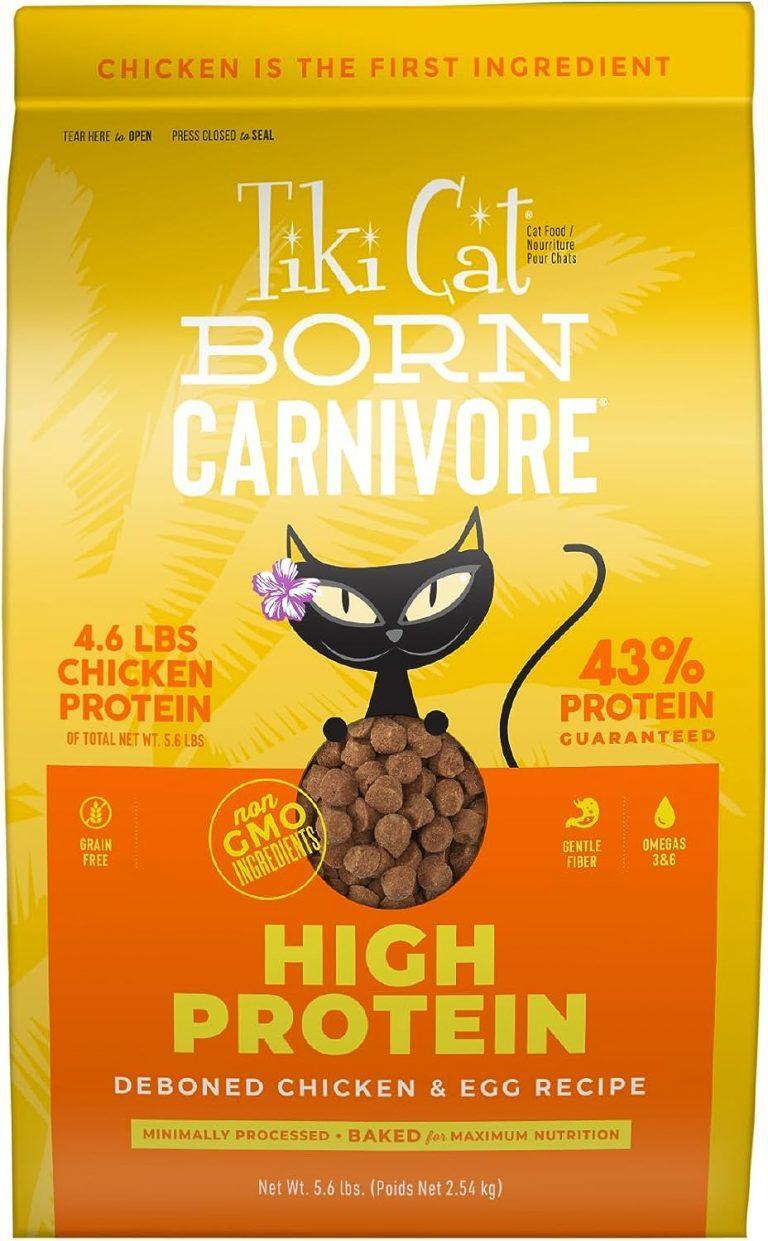
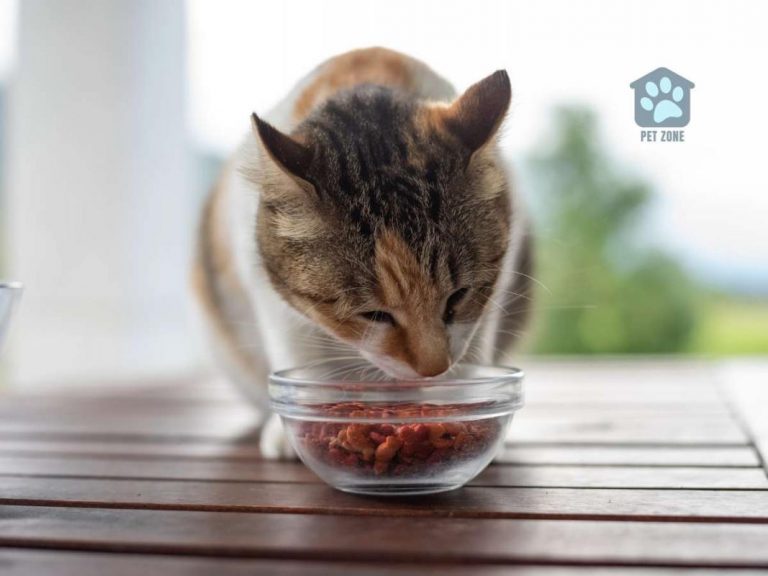
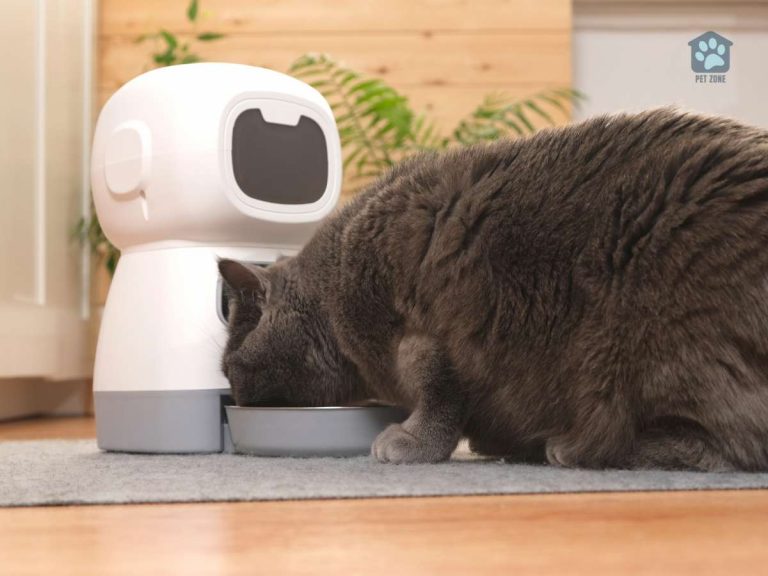
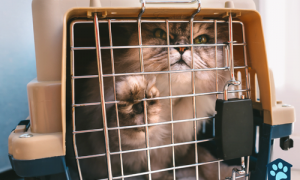
I came across a similar post on PetCareRx, but you have covered the topic in much greater detail. Thanks for sharing.